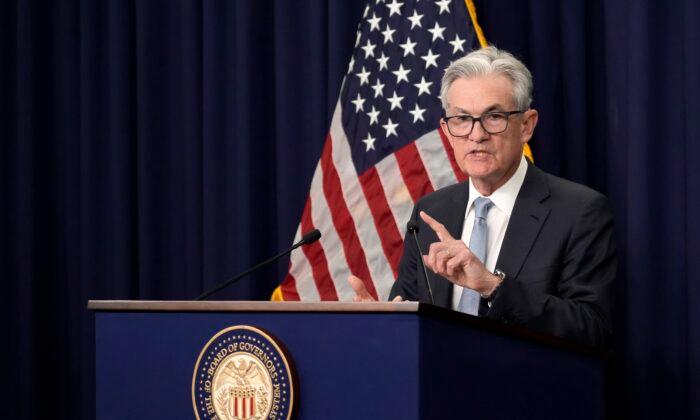Spreads on U.S. junk-rated corporate bonds have surpassed 500 basis points for the first time since November 2020. Junk bond is another name for a high-yield bond.
In the past two weeks, junk spreads have risen by 100 basis points amidst the U.S. Federal Reserve’s attempts to control inflation by raising interest rates, a move that has triggered concerns that it might push the American economy into recession.
Spreads are a measurement of the extra yield that investors need to park their money in corporate junk bonds. The higher the yield premiums move, the more expensive it would be for companies to borrow money using these bonds, especially firms with high debt loads or poor credit ratings.
Investors are also turning bearish on floating-rate leveraged loans. These loans typically appreciate in value during the middle and late stages of a business cycle.
The average price to buy such loans has declined by around 3 percent since the middle of March ever since the U.S. Federal Reserve first began to raise its benchmark rate.
The Fed hiked its rate by 75 basis points in its latest meeting this month following a 50 point hike in May. The agency has committed to raising interest rates until inflation, which is at its highest level in over four decades, eases down.
According to Kathy Jones, chief fixed income strategist at Schwab Center for Financial Research, high yield credit default swaps are “flashing more warning signs” than cash bonds.
For the week ending June 15, investors withdrew $6.6 billion from funds that buy U.S. high-yield bonds, thus taking year-to-date outflows to almost $35 billion. This is the highest withdrawal since the COVID-19 pandemic sell-off in March 2020.
For funds that buy investment-grade U.S. bonds, outflows reached $2.1 billion, the largest weekly total since April last year.
“Central banks don’t have the antidote for this market. Hiking rates will slow the economy, but it won’t stop war in Ukraine and it won’t alleviate supply chains.”





